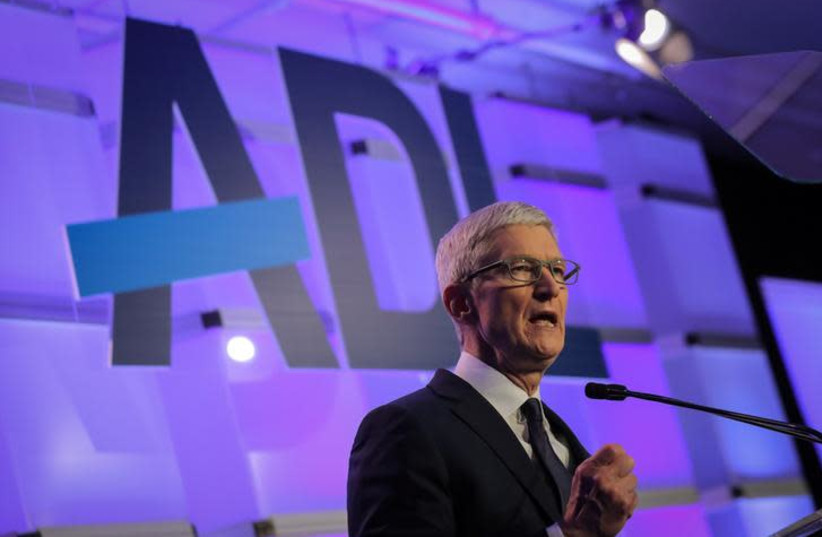The Anti-Defamation League (ADL) announced on Thursday the release of their new Social Pattern Library, which they hope will help reduce hate and harassment on social media.
The library is made up of a collection of design principles and user experience patterns that are aimed at mitigating hate online. The library will focus on design and the way people experience social media and generate recommendations based on algorithms programmed into it.
The aim of the Social Pattern Library is to teach developers and designers how to build their platforms in ways that will not make it possible for users to use them for hateful content and make harassment easier to report.
"We know that social media has the power to do good," said CEO of ADL Jonathan A. Greenblatt. "But too often, it is used for harm and allows vile, hateful ideas that were once confined to the fringe to spread rapidly and internationally at scale.
"The goal of the Social Pattern Library is to keep anti-hate be design top of mind for social platforms, user experience designers, developers and product teams when they build out products that are used by billions of people every day. Social media platforms have a responsibility to help mitigate hate, and we've given them a tangible road map for doing so."

Currently, the priority for most social media platforms is to keep users logged on for as long as possible, and their algorithms may recommend questionable content to that end, Greenblatt noted. This can include content that may have been flagged multiple times.
"As we're all too familiar now, the social web didn't come with an operating manual," said Head of West Coast Business Development Chris Messina, who is a former designer for Google and Uber.
"We've had to learn through experimentation and trial by fire. This is why ADL's Social Pattern Library is so important. Through months and years of observation, testing and iterating, UX designers and product innovators finally have a timely and coherent resource to guide us in building safer, more humane social software."
This is a fantastic library," said Co-Founder and Co-CEO of Center Centre UIE Jared Spool. "It asks all the right questions, proposes proven and well-researched approached, and most importantly, puts its idea of creating a safe place for every user at the center of the discussion.
"Using this library, designers and developers can take full advantage of the power of the internet, while preventing the propagation of hate and harassment so common in today's implementations. We're now planning to use this as a core of our curriculum for the Center Centre UX Design School. Every graduate will be versed in the patterns and principles of this essential pattern library."
"This library sets necessary guards and guidance that mitigate the overwhelming presence of hate in various platforms and engagement," said product designer at NerdWallet Debbie Kim. "It's a tool we should all be utilizing to keep ourselves and each other accountable for what and how we create and problem solve."
"I'm really excited to see ADL's Social Pattern Library launching after having been privy to the intensely thorough research, strategy, design and development that went into it," said co-author of Designing Social Interfaces Christian Crumlish. "I've been working for years on building online communities designed for compassion and mutual support and searching for methods to fight the worst trends. Finally, there is a toolkit for thoughtful intentional designers and product managers who care about the social impact of the environments they are architecting and building."
